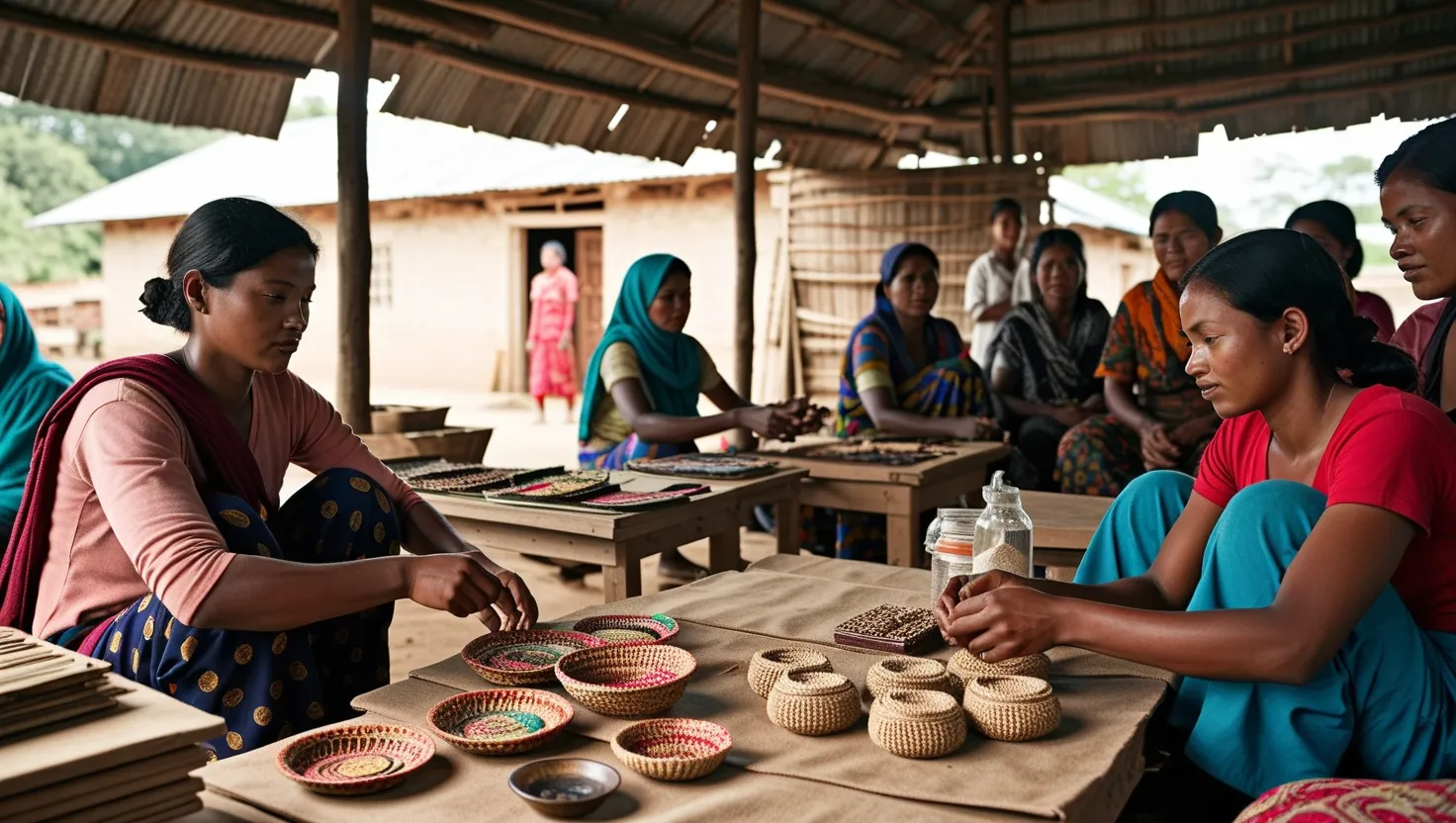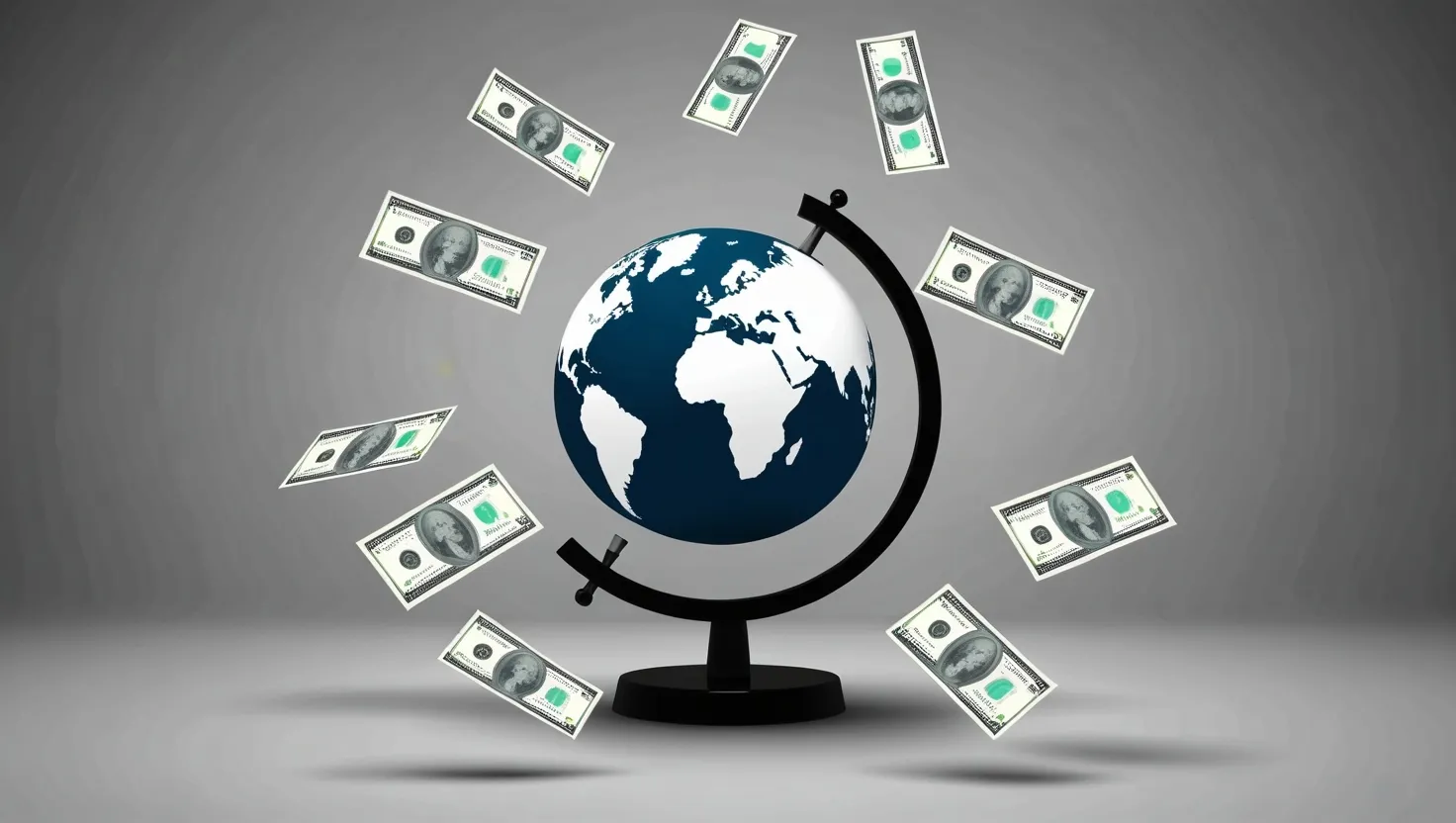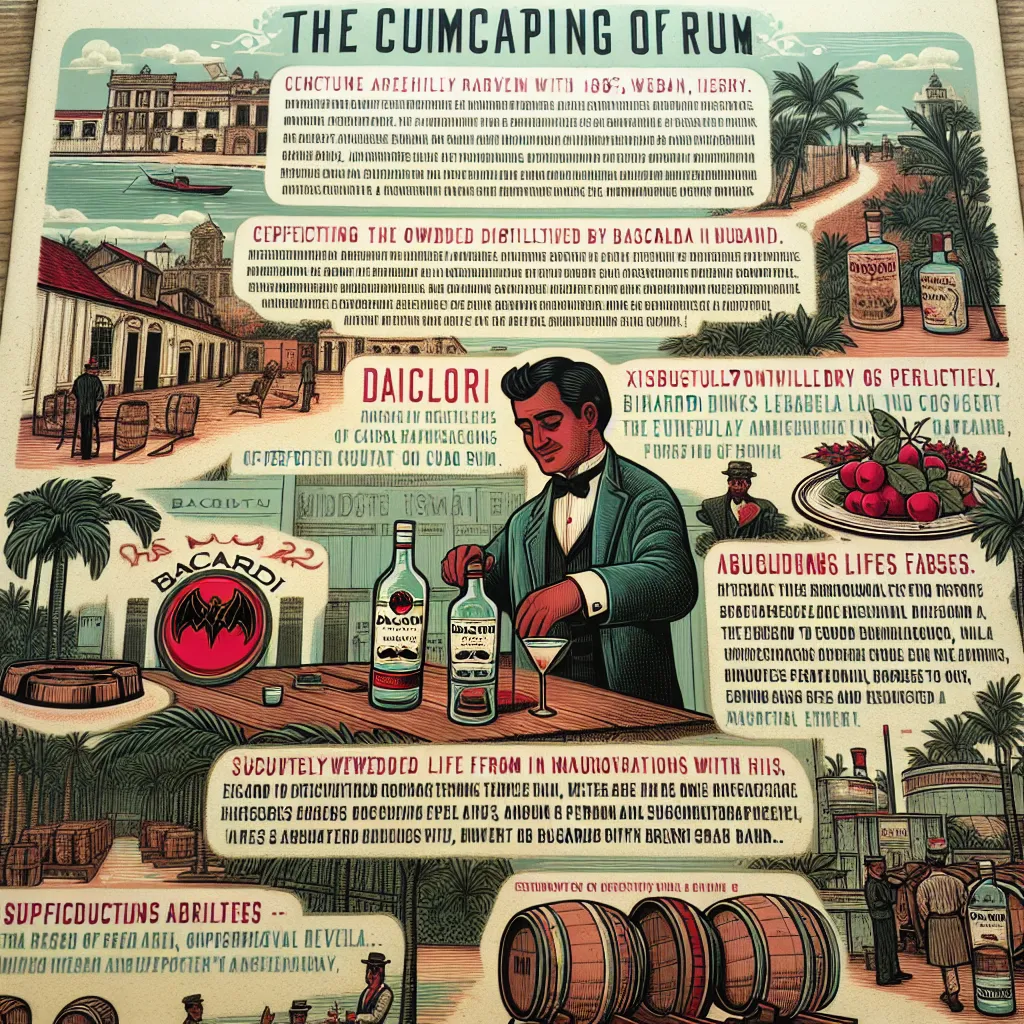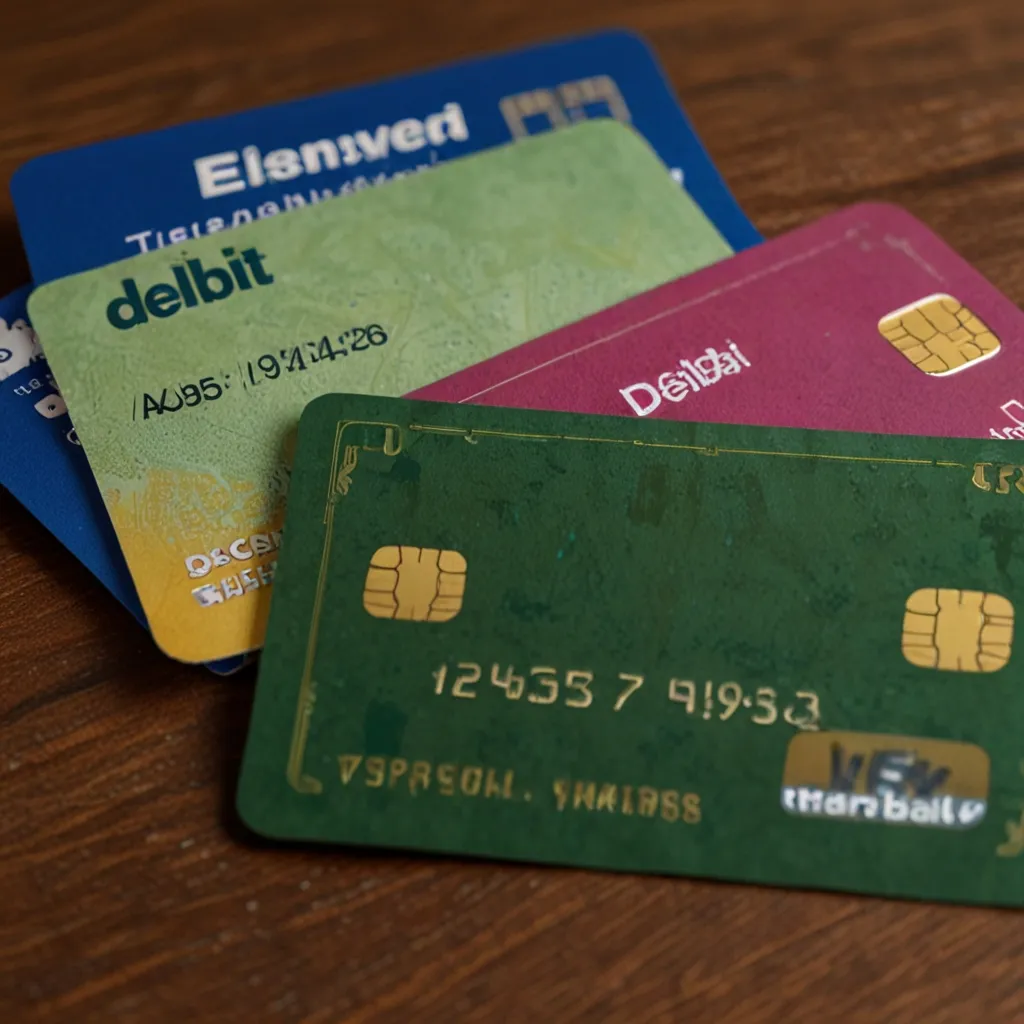The story of microcredit is one of innovation, hope, and the power of small actions to create big change. It’s a tale that begins in the villages of Bangladesh but has rippled out to touch lives across the globe.
I first encountered the concept of microcredit as a young economics student, poring over dusty textbooks filled with abstract theories. But it was the real-world impact of these tiny loans that truly captured my imagination. Here was a radical idea - that providing small amounts of capital to those traditionally excluded from the financial system could be a catalyst for lifting people out of poverty.
The roots of this movement stretch back further than many realize. Long before formal banking systems existed, communities around the world developed informal savings and credit associations. In West Africa, for instance, “susu” collectors would gather small deposits from market vendors, providing a rudimentary form of banking services. These grassroots financial systems laid the groundwork for what would become the modern microcredit industry.
But it was in the 1970s that microcredit as we know it today truly took shape. Picture this: a young economics professor named Muhammad Yunus, walking through the dusty streets of a Bangladeshi village. He encounters a group of women making bamboo stools, trapped in a cycle of debt to predatory lenders. Yunus makes a spontaneous decision to lend them $27 from his own pocket, allowing them to buy raw materials and keep more of their profits. This small act would spark a global movement.
“Poverty is the absence of all human rights. The frustrations, hostility and anger generated by abject poverty cannot sustain peace in any society.” - Muhammad Yunus
Yunus’s experiment grew into the Grameen Bank, founded in 1983. Its core innovation was lending to those without collateral by using social pressure through group lending models. Borrowers would form small groups where all members were responsible for each other’s repayments, creating accountability without traditional collateral.
This model proved remarkably successful. Repayment rates often exceeded 95%, challenging the notion that the poor were not creditworthy. More importantly, these small loans were having a tangible impact on people’s lives. Women were starting businesses, sending their children to school, and gaining newfound independence.
The 1990s and 2000s saw an explosion of microcredit institutions across the developing world. From the slums of Mumbai to the highlands of Peru, the model was adapted to local contexts. The United Nations even declared 2005 the International Year of Microcredit, recognizing its potential for achieving development goals.
But what exactly was the impact of all this lending? Studies have shown that microcredit can increase income levels, particularly benefiting women who make up the majority of borrowers worldwide. Improved household nutrition, better access to education, and enhanced healthcare outcomes have all been documented among borrowers.
Yet, it’s important to note that microcredit is not a magic bullet for poverty alleviation. Critics have raised valid concerns about the industry. Interest rates often reach 30-50% annually due to high transaction costs, raising questions about exploitation. Some regions experienced repayment crises when aggressive lending outpaced clients’ ability to repay.
I remember visiting a microcredit program in rural India and speaking with a woman who had taken out multiple loans. While she had used the initial loan to start a small tailoring business, subsequent loans had gone towards emergency medical expenses and her daughter’s wedding. This highlighted a crucial point - the poor need access to a range of financial services, not just credit.
The industry has evolved in response to these challenges. Many institutions now offer savings services, insurance, financial education, and business training alongside loans. Digital technology has dramatically reduced costs, with mobile banking extending services to previously unreachable populations.
“Give a man a fish, and you feed him for a day. Teach a man to fish, and you feed him for a lifetime.” - This old proverb takes on new meaning in the context of microcredit. It’s not just about providing money, but about empowering people with the tools and knowledge to improve their own lives.
Today’s microfinance landscape is a diverse ecosystem. It combines for-profit and nonprofit approaches, with impact investors seeking both financial returns and social improvements. New financial technologies continue to reduce costs and expand access.
But what does the future hold for microcredit? As we face global challenges like climate change and increasing inequality, how can these small-scale financial tools adapt?
One promising direction is the integration of microcredit with other development initiatives. For instance, some programs now combine loans with training on sustainable agricultural practices, helping farmers adapt to changing climate conditions. Others are focusing on youth entrepreneurship, recognizing that job creation is crucial in countries with large young populations.
The rise of digital currencies and blockchain technology also presents intriguing possibilities. Could these innovations further reduce transaction costs and increase transparency in microlending?
As we reflect on the history of microcredit, it’s clear that its greatest legacy may be the shift in perspective it represents. It challenged us to see the poor not as helpless recipients of charity, but as capable entrepreneurs and agents of their own development.
“Never doubt that a small group of thoughtful, committed citizens can change the world; indeed, it’s the only thing that ever has.” - Margaret Mead
This quote perfectly encapsulates the spirit of the microcredit movement. It began with one man’s idea in a Bangladeshi village and grew into a global force for financial inclusion.
Yet, as we celebrate the successes of microcredit, we must also remain critical and continually seek to improve. How can we ensure that these financial services truly benefit the most vulnerable? How do we balance the need for financial sustainability with the mission of poverty alleviation?
The story of microcredit is far from over. It continues to evolve, adapting to new challenges and opportunities. As we look to the future, perhaps the most important question is this: How can we harness the innovative spirit that gave birth to microcredit to create even more effective tools for economic empowerment?
In the end, the history of microcredit offers enduring lessons about economic development through financial inclusion. It demonstrates that investing in the world’s poorest can yield both social and financial returns when done responsibly. It reminds us that sometimes, the most powerful solutions are also the simplest - a small loan, a big dream, and the chance to build a better future.
What role do you think microcredit could play in addressing the economic challenges in your own community? How might the principles of group lending and financial inclusion be applied in different contexts?
As we conclude this journey through the history of microcredit, I’m reminded of a conversation I had with a microloan recipient in rural Kenya. She told me, “This loan didn’t just give me money. It gave me hope.” And perhaps that, more than anything, is the true power of microcredit - the ability to transform not just bank accounts, but human potential.






